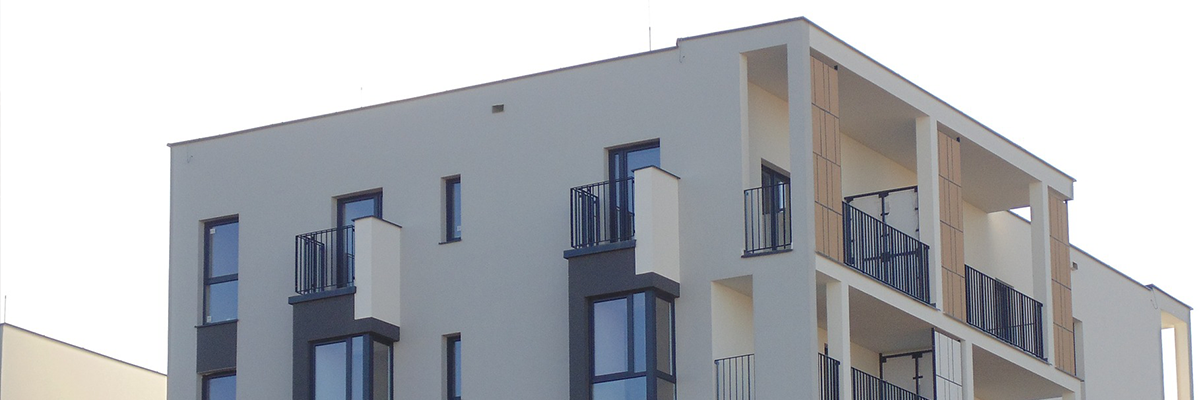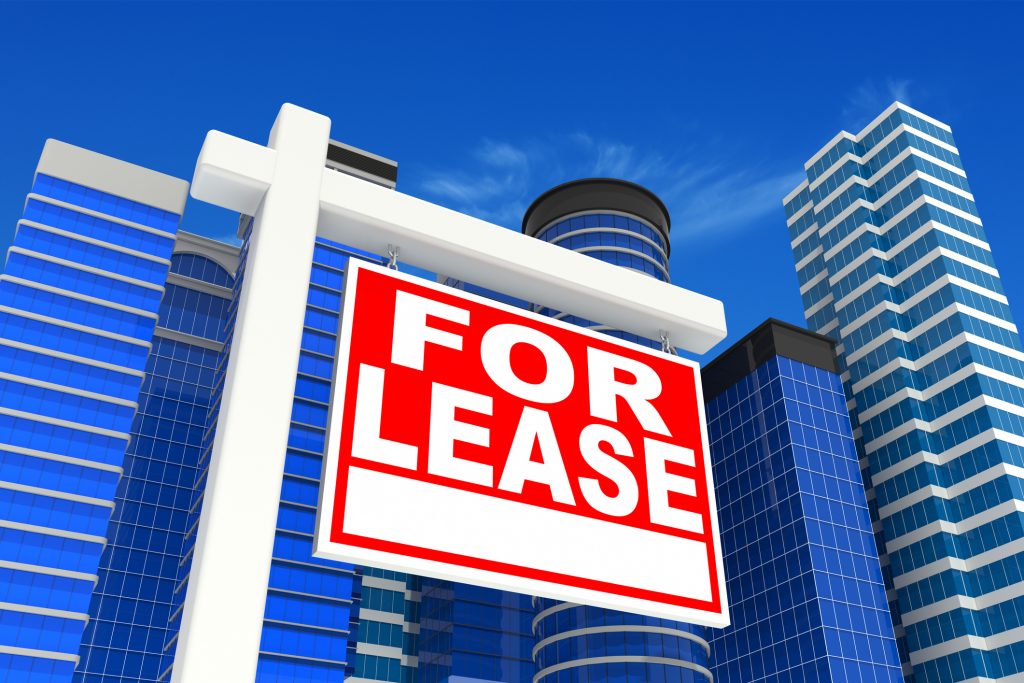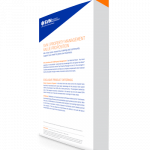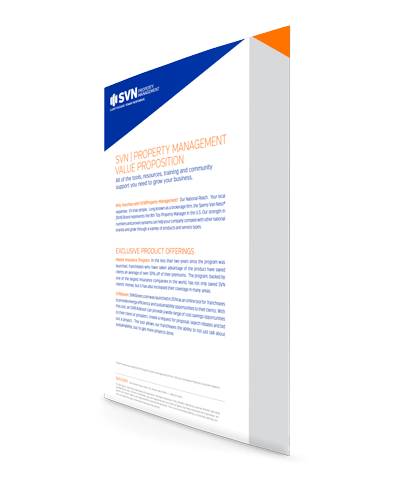Triple net lease investments continue attracting commercial real estate investors, with Q4 2024 posting $13.8 billion in transaction volume — a 57.6 percent increase from the previous year. This resurgence demonstrates the enduring appeal of NNN properties for investors seeking passive income opportunities.
But sustained investor interest doesn’t mean these investments are without challenges. While triple net leases offer compelling advantages, including predictable cash flow and minimal management responsibilities, they also present specific risks that require careful evaluation and experienced guidance to navigate successfully.
Understanding both sides of this investment strategy helps investors make informed decisions and structure transactions that align with their objectives while managing potential downsides. Here, SVN International® takes you through both parts of the NNN equation.
The Enduring Appeal of NNN Investments
The fundamentals that make triple net lease investments attractive remain as strong as ever. As detailed in our previous analysis of why investors return to NNN properties, these investments deliver four core benefits:
Predictable Cash Flow: Tenants covering property expenses create consistent monthly income with minimal fluctuation, making NNN properties ideal for portfolio diversification and retirement planning.
Reduced Management Burden: Property management responsibilities largely fall to tenants, freeing investors from day-to-day operational concerns like maintenance coordination or contractor management.
Long-Term Security: Extended lease terms of 10-25 years with built-in rent escalations provide income visibility and inflation protection over substantial time horizons.
Credit-Worthy Tenants: Many NNN properties house established national or regional tenants with strong credit profiles, historically reducing default and vacancy risk.
These advantages explain why NNN investments have become cornerstones of many successful real estate portfolios. However, realizing these benefits consistently requires understanding and mitigating several inherent challenges.
The Pitfalls of Triple Net Lease Investments
Tenant Dependency and Financial Health
Single-tenant properties concentrate income risk significantly. While credit-worthy tenants reduce this concern, tenant financial health can change substantially over long lease terms. Economic conditions shift, industries face disruption, and even well-established companies encounter challenges that weren’t visible at lease signing.
Economic downturns particularly impact commercial tenants, increasing default risk across all credit ratings. Long NNN lease terms, often spanning 15-25 years, provide ample time for market conditions to evolve in ways that affect tenant viability.
Should a tenant face financial difficulties, property owners may need to cover taxes, insurance, and maintenance during workout negotiations or while seeking replacement tenants — expenses that can quickly erode cash reserves and impact projected returns.
Lease Structure Complexity
Not all triple net leases are created equal. According to guidance from the National Association of Industrial and Office Properties, lease agreements often contain hidden obligations that significantly impact the “net” nature of the investment.
Roof and structural repairs represent common gray areas. Some NNN leases place these major capital expenses on landlords despite the property being marketed as truly passive. Other leases include reciprocal easement agreements or covenants that create indirect landlord obligations not immediately apparent during initial review.
Understanding exactly which expenses remain landlord responsibilities, and how those might compound over time, requires thorough lease analysis before acquisition.
Deferred Maintenance Concerns
When tenants directly handle property maintenance, they may defer necessary work to reduce occupancy costs, particularly as lease expiration approaches. This creates potential problems for property owners who regain control of assets requiring significant repair or updating.
Research published by NAIOP indicates that deferred maintenance effectively reduces tenant rent payments while simultaneously diminishing asset value for landlords. Properties returned at lease end may require substantial capital investment before re-leasing becomes possible.
Limited Upside in Rising Markets
Long-term leases providing income stability can also limit financial upside when market conditions improve. Properties with fixed rent terms, even those including modest escalation clauses, may fall below market rates as local rental markets strengthen.
Without flexible adjustment mechanisms, investors miss appreciation opportunities while remaining locked into below-market income streams. This challenge intensifies in rapidly growing markets where comparable properties command significantly higher rents.
Vacancy and Re-Tenanting Challenges
Replacing tenants at lease expiration or following early termination can prove more difficult than initial leasing. Market conditions may have shifted, tenant improvement requirements often increase, and the replacement process typically involves extended vacancy periods.
Finding tenants willing to accept NNN structure terms comparable to expiring leases requires substantial marketing efforts and market knowledge. Meanwhile, property owners face continuing expense obligations without offsetting rental income, which creates cash flow pressure that impacts overall investment returns.
How SVN Helps Navigate NNN Complexity
The challenges outlined above aren’t reasons to avoid triple net lease investments; they’re factors that require experienced guidance to navigate successfully. Working with advisors who understand NNN market nuances significantly improves investment outcomes.
At SVN, our approach to triple net lease transactions emphasizes thorough due diligence that extends beyond surface-level analysis. Our advisors help investors evaluate tenant creditworthiness not just through credit ratings but by analyzing unit-level economics, industry trends, and location-specific performance factors that indicate lease renewal likelihood.
Lease structure analysis represents another critical advantage. Our collaborative network includes specialists experienced in identifying hidden obligations, evaluating expense allocation fairness, and negotiating terms that genuinely protect investor interests. We help clients understand exactly what “triple net” means for specific properties rather than accepting marketing descriptions at face value.
Market intelligence provides additional protection. Our 200+ office network delivers insights into local rental markets, tenant industry performance, and emerging risks that might not surface through conventional due diligence. This breadth of market knowledge helps investors avoid properties where tenant viability concerns exist or where lease terms create unfavorable long-term positions.
Portfolio strategy guidance ensures NNN investments fit within broader investment objectives. Rather than treating each opportunity as a standalone, we help clients understand how NNN properties should balance against other holdings to manage concentration risk while pursuing passive income goals.
Exit strategy planning represents the final critical element. Understanding potential challenges in tenant replacement or property disposition allows investors to structure acquisitions with realistic expectations about holding periods and potential liquidity needs.
Making Informed NNN Investment Decisions
Triple net lease investments remain compelling opportunities for investors seeking passive income with minimal management responsibilities. The benefits that have attracted investors for decades — predictable cash flow, reduced operational burden, long-term security — continue providing genuine value.
However, success requires acknowledging and preparing for inherent challenges. Tenant dependency, lease complexity, maintenance concerns, market timing limitations, and exit considerations all demand careful attention during acquisition and throughout the holding period.
Working with experienced advisors who understand both the opportunities and pitfalls makes the critical difference. Collaborative networks that combine national market intelligence with local execution expertise provide the comprehensive perspective successful NNN investing requires.





 Looking for more examples? Have you ever noticed that most neighborhood centers have a card store right near the supermarket? Or, for that matter, have you ever wondered why neighborhood centers typically have take-out focused restaurants like Chinese or pizza shops near the supermarket? It’s all about convenience.
Looking for more examples? Have you ever noticed that most neighborhood centers have a card store right near the supermarket? Or, for that matter, have you ever wondered why neighborhood centers typically have take-out focused restaurants like Chinese or pizza shops near the supermarket? It’s all about convenience.



 If you have tenants whose leases have expired, they are considered month-to-month tenants. They could be kicked out. If you have tenants who don’t have a formal lease agreement, they could be kicked out. Unless the tenants have a lease that gives them the right to the space they are renting, the new owner could evict them, raise their rent, downsize them, etc. The new owner may not be planning to evict any of the tenants. In fact, most landlords want as many tenants as they can have.
If you have tenants whose leases have expired, they are considered month-to-month tenants. They could be kicked out. If you have tenants who don’t have a formal lease agreement, they could be kicked out. Unless the tenants have a lease that gives them the right to the space they are renting, the new owner could evict them, raise their rent, downsize them, etc. The new owner may not be planning to evict any of the tenants. In fact, most landlords want as many tenants as they can have. scenario is transferring the security deposits along with the tenant leases from the Seller to Buyer on the HUD statement at closing. The new owner will be responsible for refunding the deposits at the end of each lease if the tenants comply with the lease terms. In rare cases, the buyer may want you to give the tenants their security deposits back instead of transferring them in the sale.
scenario is transferring the security deposits along with the tenant leases from the Seller to Buyer on the HUD statement at closing. The new owner will be responsible for refunding the deposits at the end of each lease if the tenants comply with the lease terms. In rare cases, the buyer may want you to give the tenants their security deposits back instead of transferring them in the sale.